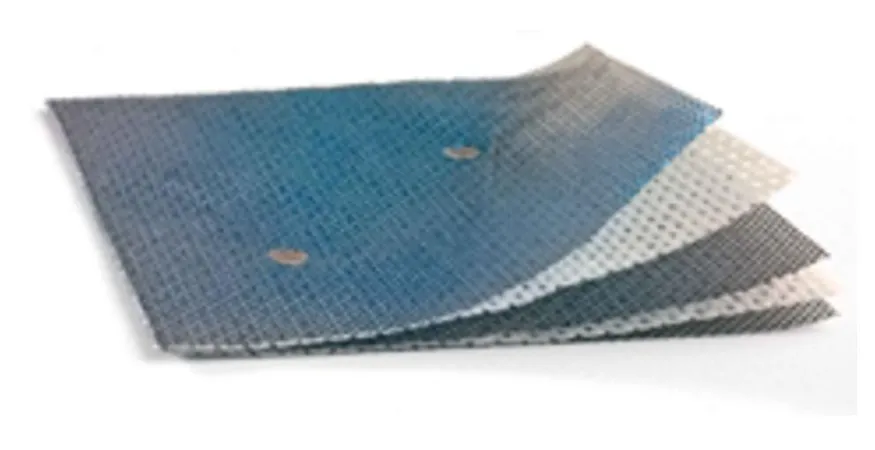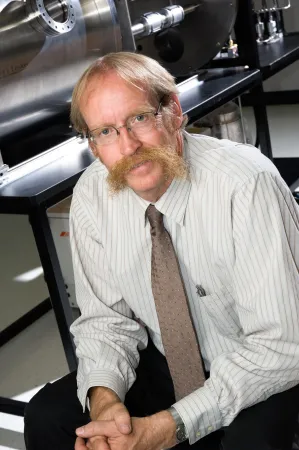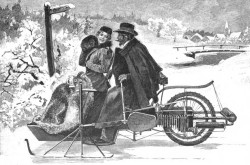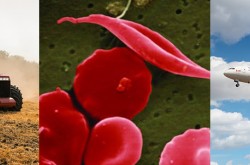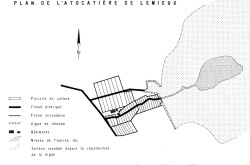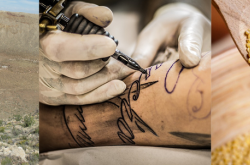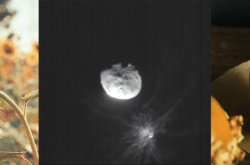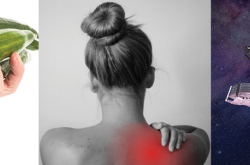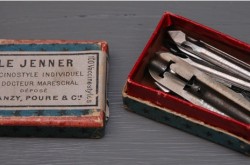Acticoat™ - One of world's biggest advances in burn/wound care
This article was originally written and submitted as part of a Canada 150 Project, the Innovation Storybook, to crowdsource stories of Canadian innovation with partners across Canada. The content has since been migrated to Ingenium’s Channel, a digital hub featuring curated content related to science, technology and innovation.
Acticoat™ has saved the lives and limbs of thousands of people around the world and dramatically improved burn and chronic wound care. The nanostructured silver bandage is considered to be the world’s first therapeutic application of nanotechnology. In the 1990s, Robert Burrell saw the potential to apply nanotechnology to medicine. As research director at Alberta’s Westaim Biomedical and working with the University of Alberta, Burrell developed the nanocrystalline structure that unlocked the full healing potential of silver. Acticoat is now considered one of the most significant advances in wound-care history.
Better burn and chronic wound care Conventional burn dressings must be changed daily, an extremely painful and traumatic process for patients. The Acticoat bandage, with its continual release of silver, only needs changing every three to seven days. No other burn dressing has Acticoat’s ability to kill bacteria and decrease inflammation.
In addition to treating first- and second-degree burns, Acticoat treats donor and recipient graft sites, pressure ulcers, venous ulcers and diabetic ulcers. Chronic wounds, such as pressure sores, venous and arterial ulcers, and diabetic foot ulcers, are a major health issue in Canada and worldwide. These wounds significantly contribute to disability, morbidity and health-care costs—$2 billion a year in Canada alone. Patients with chronic wounds can now be treated as outpatients instead of being admitted to hospital.
Treated victims of Bali’s nightclub bomb attack Acticoat was instrumental in treating victims of the Bali terrorist bomb attack in 2002. Burrell was in Australia introducing Acticoat to doctors when terrorists bombed a Bali nightclub. Hundreds were killed or severely burned. Burrell spent the next five days in Australia’s major burn units, applying Acticoat on young people who were burned over 80 to 90 per cent of their bodies. Acticoat was also used to treat victims of the Rhode Island nightclub fire in 2003.
Contributing to Canada’s economy The nanocrystalline silver technology has generated over C$600 million in revenue since 2002. In 2009, one of the world’s largest wound care companies, Smith and Nephew, acquired Acticoat. The product line is now sold in about 50 countries with $1 billion in sales.
Transcript
Outstanding Leadership in Alberta Technology award recipient



